The post The Importance of Connecting With Your Photography Subject appeared first on Digital Photography School. It was authored by Kevin Landwer-Johan.
Photography is more about connecting with your subject than the connection you have with your camera. If you love photography, hopefully, you will love your camera. Connecting with it will not be a problem for you.
Paying more attention to your camera than to your subject is a mistake I see so many photographers make.

© Kevin Landwer-Johan
Technical settings are important. But making well-focused and exposed photos is just the first step.
Making photos which communicate more than what something looks like takes practice. Express your experience. Your relationship with and connection to your subject.
Your connection with the world is unique
Nobody else sees the world in exactly the same way you see it. This is what can make your photography special.
Communicating not only what you see, but how you feel about your subject produces more interesting photographs. Anybody can pick up a camera and take technically correct photos. Do they always have appeal? No. Do they always communicate meaning in a manner that’s attractive? No.
Telling the story of how you see the world must be an intentional pursuit. Be mindful of your message before you pick your camera up. Without doing this you will only be taking photos that anyone else with a camera can make.

© Kevin Landwer-Johan
What are you connecting with?
Are you connecting with a person, a landscape, your dog, or a concept? Whatever you choose as your subject, the more fascinated with it you are, the more this will be expressed in the photographs you make of it.
Photograph what you love, what you enjoy. Show your experience of your subject in your photos. To successfully communicate this you must connect outside yourself for others to really be able to appreciate your photos.
“If your pictures aren’t good enough, you’re not close enough”
This is a famous quote from Robert Capa. He’s best known as a war photographer, but I think this advice has a far greater reach than with just conflict photography. I think it also has a deeper meaning than just physical closeness.
Getting closer to your subject in relational ways will make your pictures better.

© Kevin Landwer-Johan
Study your subject. Get to know it, or them. The better understanding you have of something the more dynamic your photographs of it will be.
Getting close takes time and commitment. Sometimes you’ll have years to build a relationship with your subject. Other subjects you may just have a few moments to make a connection. Getting close must be intentional.
We often visit the same locations in the photography workshops we teach. Over the years we have come to know the feel and flow of life in these locations. We have built a relationship with a lot of the people. Sometimes this can lead to tardiness in the way you approach photography.
Keeping a freshness of mind, thinking relationally, not just visually, keeps you motivated. Doing this, you’ll be able to continue making creative photos in places you visit often. By proxy, the people who join our workshops also reap some benefits from the relationships we have worked hard to build.
How do you get close enough?
Attach a wider angle lens to your camera. Standing back with a long lens will mean you are physically and relationally more removed from what you are photographing.

© Kevin Landwer-Johan
Be bold and step closer. Being in close proximity to your subject will make connecting more intimate. This requires you to present yourself well to your subject, especially when you are photographing people.
Be open and friendly. Approach a stranger with a smile and a warm greeting in their own language. Most people will reflect your warmth back to you. Making eye contact with people in most cultures will deepen your relationship instantly. Don’t be overbearing or too demonstrative, as this may put people off.
Take a little time to observe a situation and consider how you can best make a connection. This takes practice.
In big cities, this can be more challenging as people are typically more personally guarded. In smaller towns and rural locations, people can be more comfortable with being photographed.
Give something back
When you’re photographing people, show them the photos you’ve made. I love this about digital photography, that it’s so easy to share.
Be ready to take some more photos to capture their response. This is one reason I love making portraits with a 35mm lens. I can show my subject the pictures and be close enough to turn the camera back around and quickly take a few more of their reaction. With telephoto lenses, this is not possible because you have to be further away.

© Kevin Landwer-Johan
Ask for their email address or Facebook profile. Tell them you’ll send them a few pictures. If you photograph close to where you live, get prints made and take them back. People love this as it’s so rare these days to see a printed photograph of yourself.
Connecting with places and things
Photographing your favorite beach or city street can become more personal with mindfulness. Concentrate on why you like being there. Think about how you feel when you go to these places. Try to convey this in your pictures.
If you love photographing your car or pet, bring your experience into your expression. You’ve probably photographed these things many times already, so fresh concepts can be hard to come up with. Instead of looking for a new visual angle, seek one that reveals more about how you feel.

© Kevin Landwer-Johan
Time of day, quality of light, colors and other factors will influence feeling in your photos. Consider how the visual elements you include in your compositions reflect the way you feel about your subjects.
Conclusion
Practice your camera technique. Know your settings well. Give your brain more room to concentrate on what you want to convey about your subject.
Think what your photographs are about, not just what they are of.

© Kevin Landwer-Johan
Some of these ideas may be challenging or seem rather abstract. Build a habit of connecting with your subjects. Over time you will see your photographic style develop. You will become more creative and your photographs become more appealing.
The post The Importance of Connecting With Your Photography Subject appeared first on Digital Photography School. It was authored by Kevin Landwer-Johan.
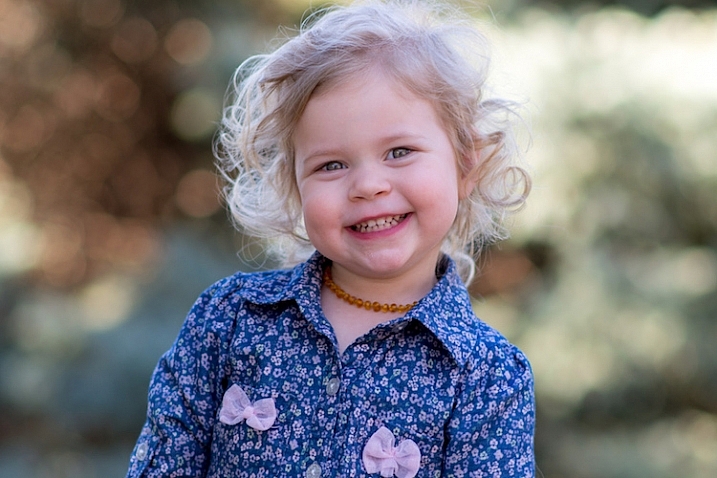
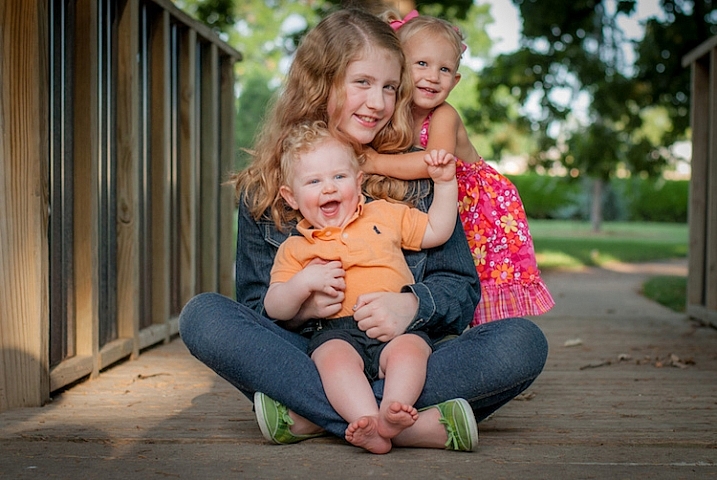
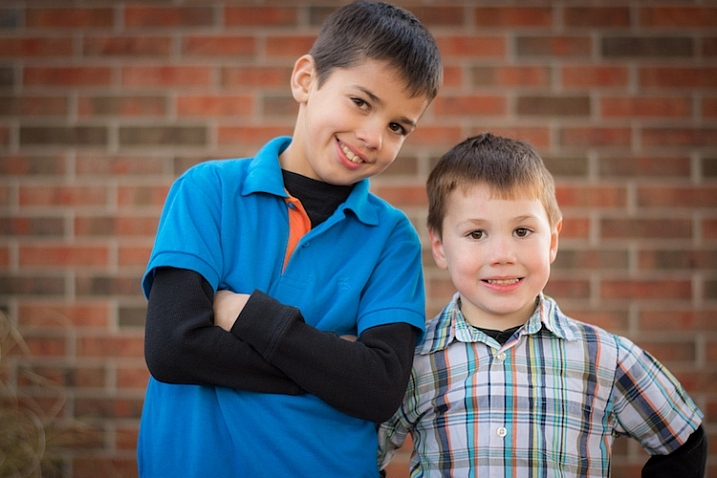
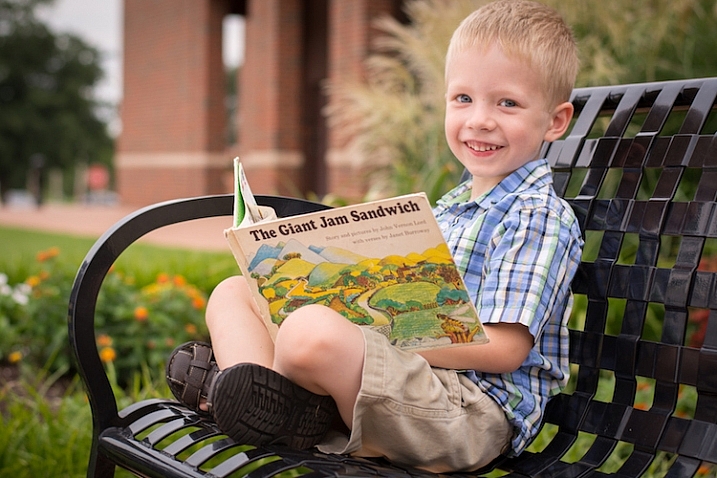
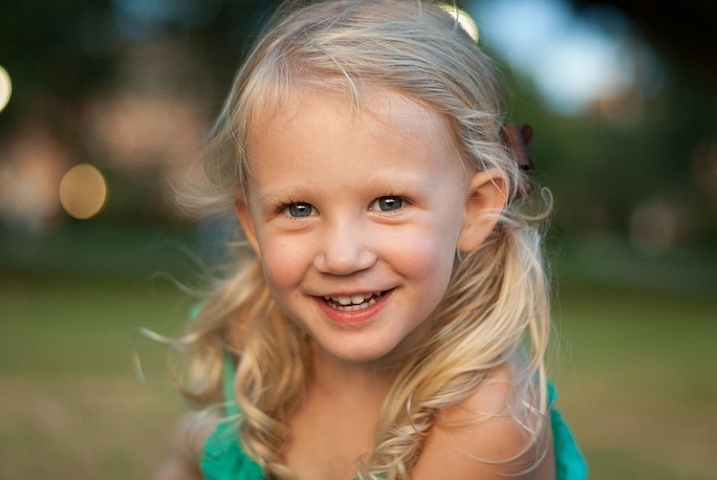
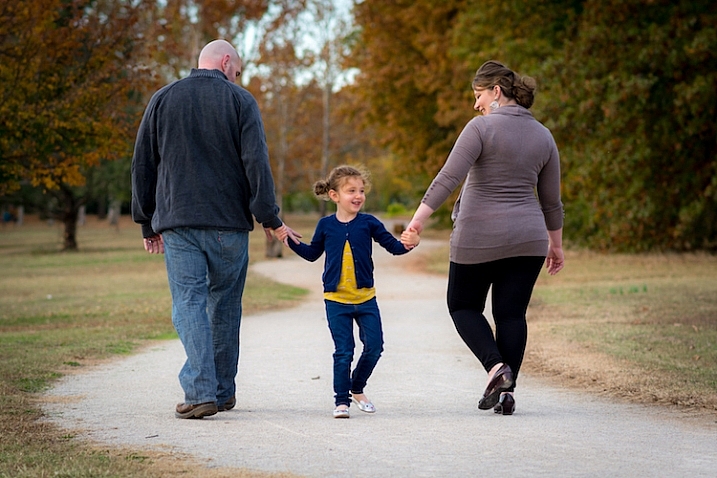
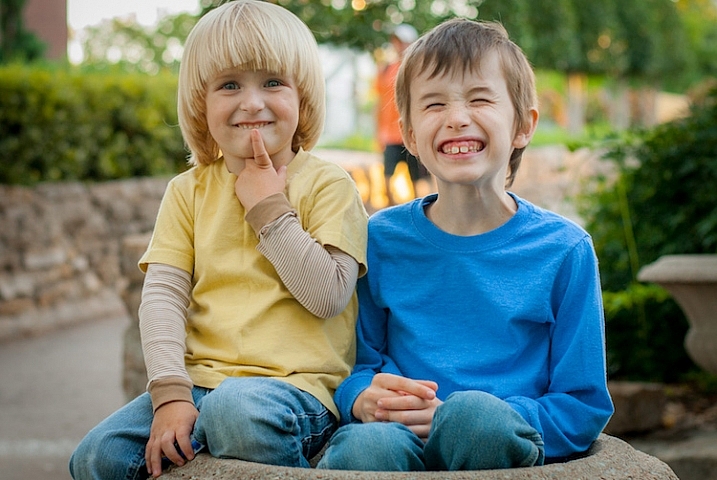


You must be logged in to post a comment.